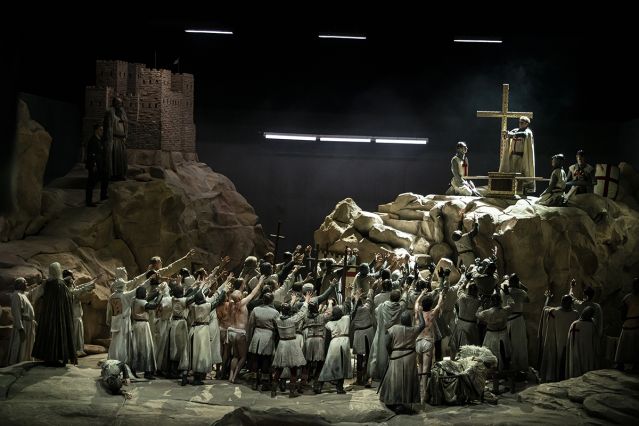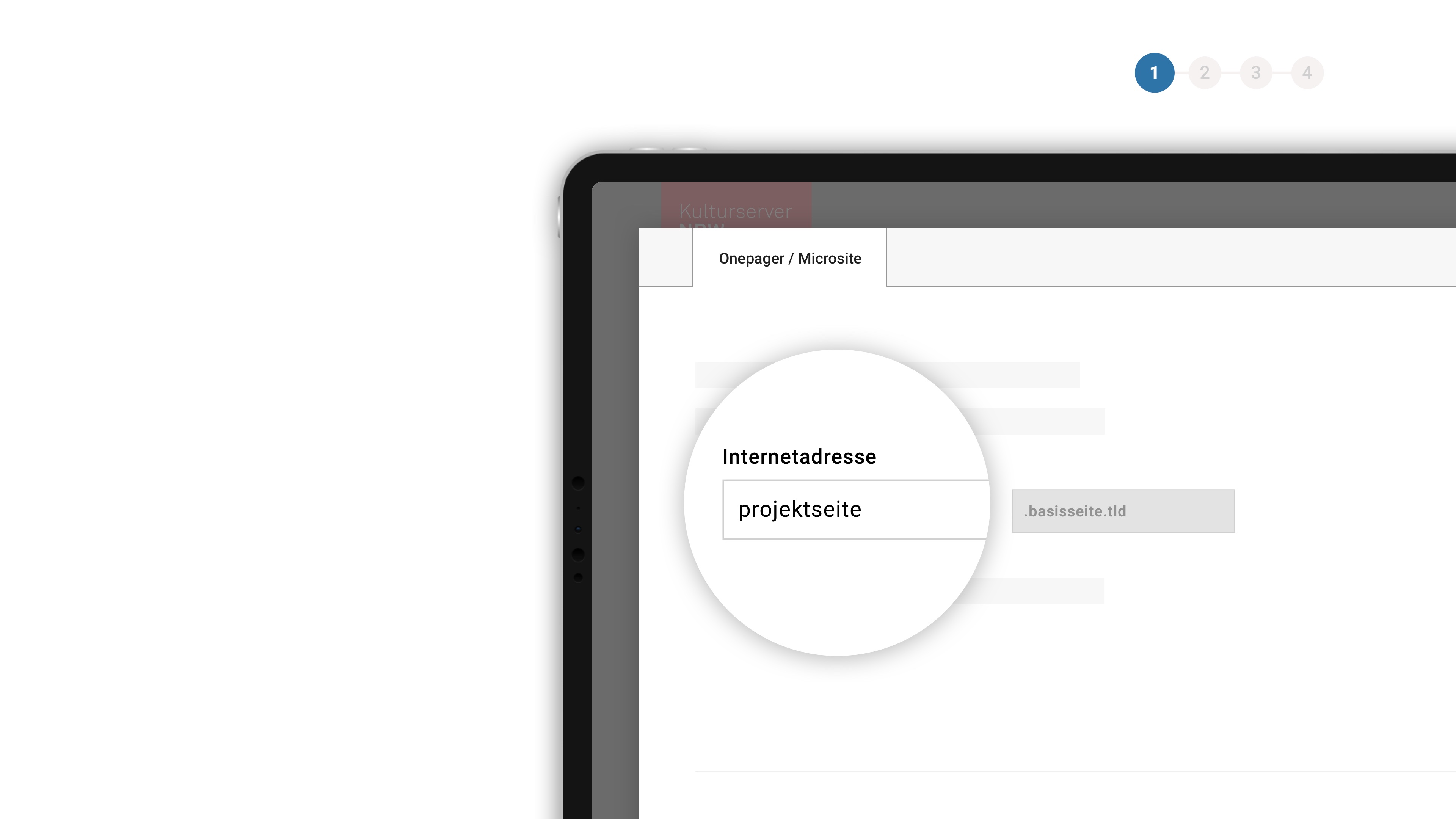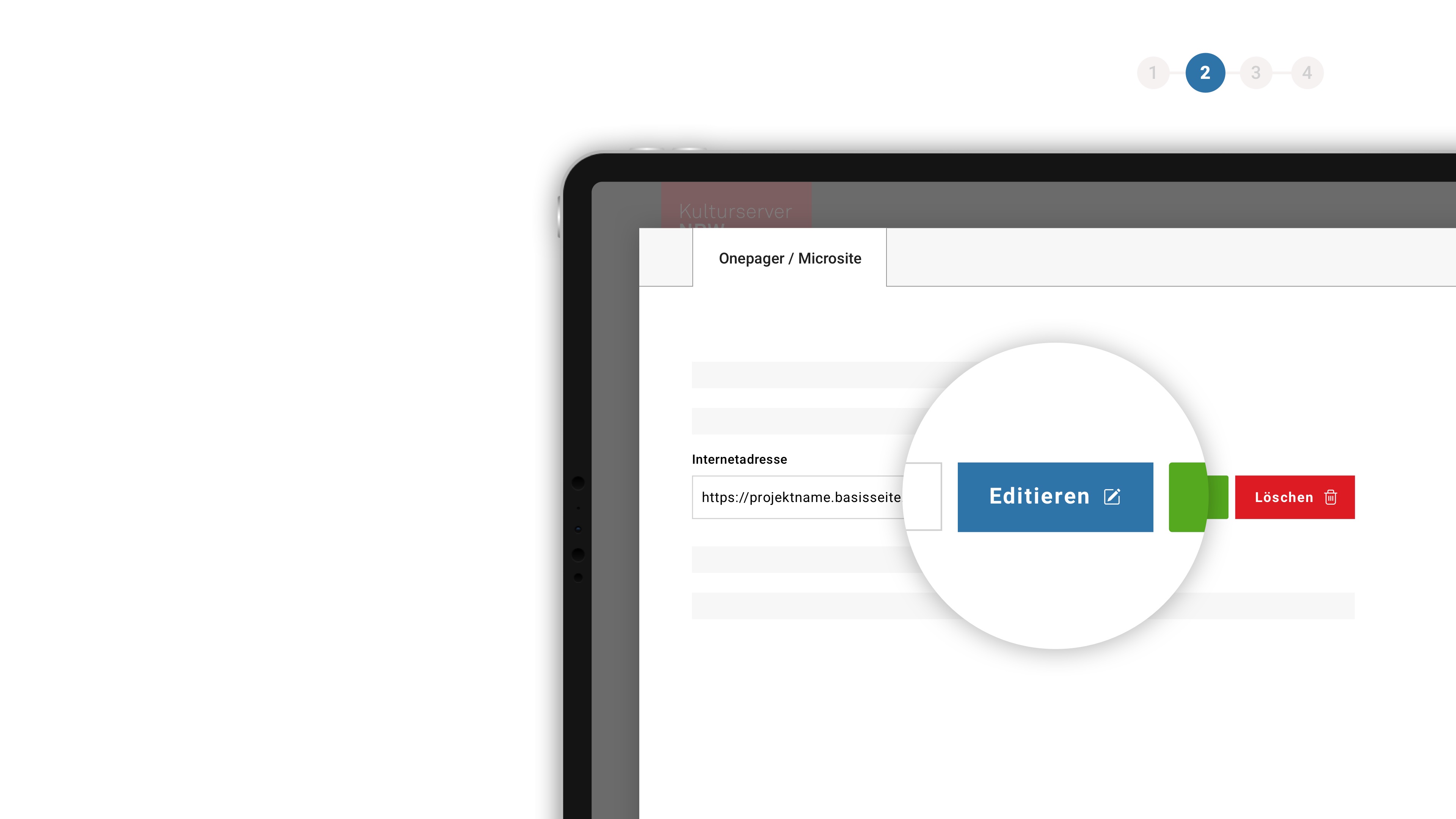Wagners Lichtgestalten - Deutsche Oper Berlin
What moves me
Wagner’s heroic figures
Save our souls (first)! Wagner’s operas depict the quest for redemption. Jörg Königsdorf, Head Dramaturg at the Deutsche Oper Berlin, on one of the maestro’s pet themes
Perhaps Richard Wagner should have followed the example of his father-in-law Franz Liszt. At the age of 54 Liszt had taken minor orders in Rome after a tempestuous career as a cult composer, becoming a peaceable abbé with an untroubled conscience and evolving beyond his authorial brilliance to compose spiritual works and even an oratorio based on the life of Christ.
If Wagner had likewise sought the embrace of the one true church, his career would doubtless have taken a different course. In place of the RING we might now be savouring a tetralogy devoted to the biography of Jesus. This is not as fantastic as it might seem: in PARSIFAL Wagner indulged his distinctly Catholic penchant for splendour and ceremony, and in his final days he was contemplating a project with Christ as its subject. If he had sought and been granted absolution, however, his abiding central theme, that of the desperate quest for redemption, would have evaporated. His operas are inconceivable without this motif: from the Flying Dutchman to Parsifal, it drives the action of all his heroes and heroines. They will even die to attain that spiritual release.
There is always redemption with Wagner. Sometimes a woman releases a man from his torment (TANNHÄUSER, THE FLYING DUTCHMAN), sometimes a man a woman from hers (PARSIFAL), sometimes death redeems everyone (TRISTAN) and sometimes it’s the world as a whole that’s in need of renewal (THE RING OF THE NIBELUNG). It’s hardly surprising that the last words ever set to music by Wagner were »Redemption for the Redeemer« in PARSIFAL’s closing chorus.

Sorrow and guilt must weigh heavily if redemption is so keenly sought. And sure enough, it is the relatively harmless faux pas - causing characters like the Dutchman (in an unguarded remark) and Kundry (in a careless laugh at the wrong time) to wreck their lives in self-castigation - which reveal that the actual reasons for the suffering of a person or the world are much more profound. Wagner is more inclined to worry away at the raw wound that has been occupying society since the loss of a deep-seated trust in the Christian religion: If God is indeed dead, as Friedrich Nietzsche was soon to declare, then responsibility for the state of the world (and our own state of governance) devolves to us. This responsibility is at least as weighty today as it was 150 years ago: since then, environmental exploitation and the oppression of entire nations and social classes have reached globally perilous proportions. And as faith in the shrift of the confessional is declining, we are left to our own devices.
Characters who have lost faith in the world are no fewer in number now than they were in Wagner’s era. And the collective eleventh-hour mood gripping the people of Brabant in LOHENGRIN and the knights of the Grail in Act 3 of PARSIFAL, finds its equivalent in present-day calls for governments to reverse negative social trends by pressing a grand reset button, just as the Rhine floods at the close of TWILIGHT OF THE GODS, sweeping over and cleansing the violated natural world.
Wagner’s works, then, are an analysis and distillation of 19th-century developments. Indeed, they were and continue to be prophecies that have lost none of their relevance in the 20th and 21st centuries. Final outcome uncertain.
Nothing points up their topicality more clearly than the fact that any Wagner opera can be applied to the latest urgent social dilemmas. Hence the gold in the RING stands in perfectly for capital, nuclear energy, a genome or – as depicted in Stefan Herheim’s production at the Deutsche Oper Berlin – the identitarian power of play per se. But redemptive characters such as Lohengrin and Parsifal, too, are subject to differing opinions on how – according to issues of the day - their ideals should be depicted and what price must be paid for doing so. Doubtless it will not be long before we see Tannhäuser’s excesses inside the Venusberg presented as a backstage orgy at a Rammstein concert. Let’s wait and see.





